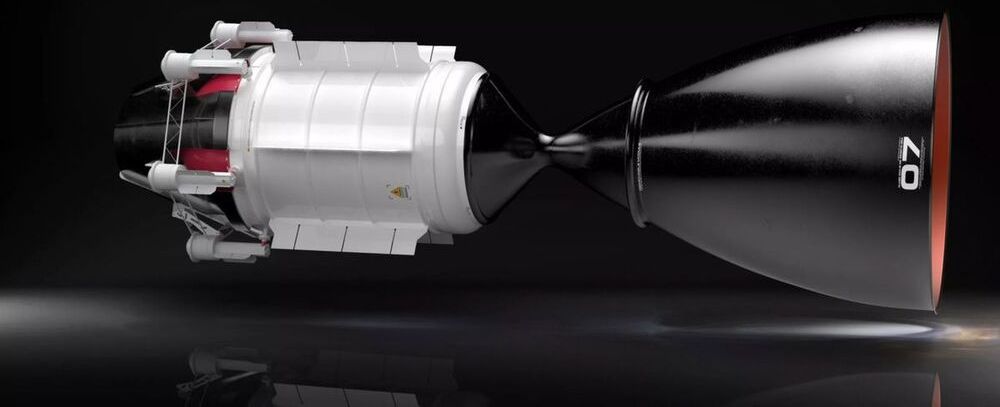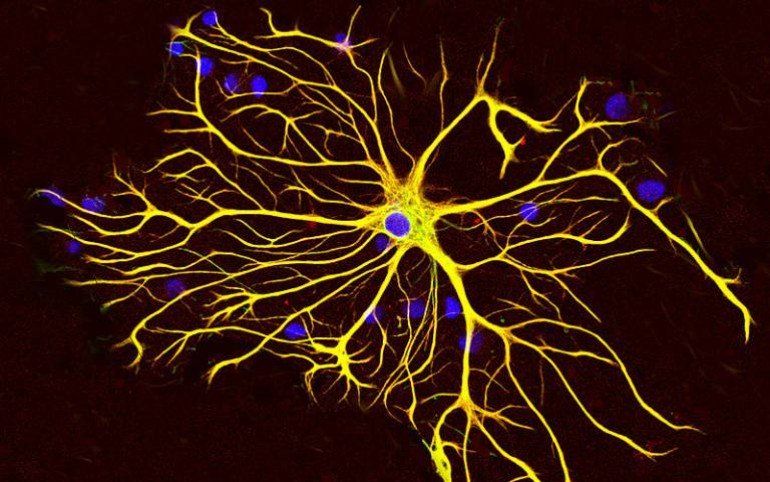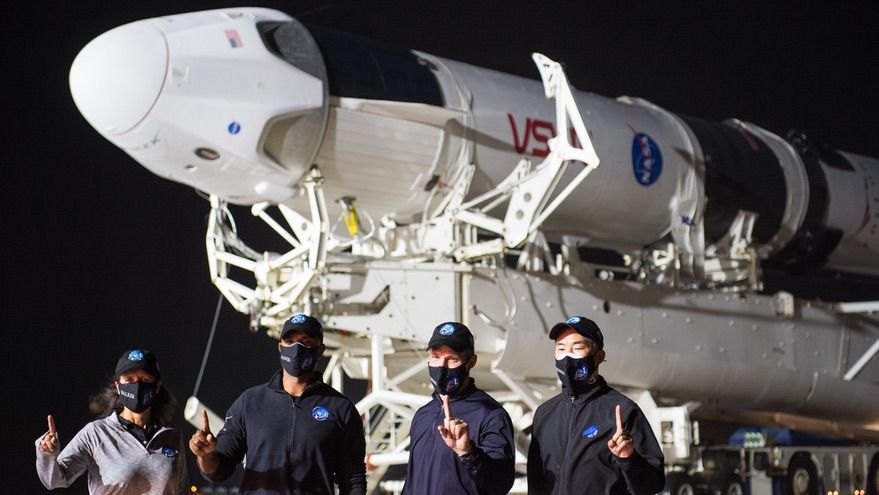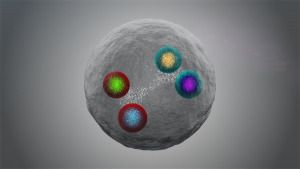A brewery in the Netherlands is making environmental history by using a cycle of renewable iron as fuel for its furnace.
Dive deeper. ➡ Get unlimited access to the weird world of Pop Mech, starting NOW.
A brewery in the Netherlands is making environmental history by using a cycle of renewable iron as fuel for its furnace.
Dive deeper. ➡ Get unlimited access to the weird world of Pop Mech, starting NOW.


It’s twice as efficient as a chemical rocket.
Ultra Safe Nuclear Corporation (USNC) has designed a new thermal nuclear engine it says could carry astronauts to Mars in just three months—and back to Earth in the same amount of time. By using ceramic microcapsules of high assay low enriched uranium (HALEU) fuel, USNC’s thermal nuclear engine could cut the trip in half even from optimistic estimates.
🌌You like our badass universe. So do we. Let’s explore it together.


WASHINGTON — NASA formally certified SpaceX’s Crew Dragon spacecraft for transporting astronauts to and from the International Space Station, clearing the way for a Nov. 14 launch.
Agency officials completed the certification of the spacecraft by signing a document known as a Human Rating Certification Plan during a flight readiness review for the Crew-1 mission Nov. 10. That confirmed that SpaceX met all of NASA’s requirements for safely carrying astronauts on the Crew Dragon spacecraft and Falcon 9 launch vehicle.
“It’s just a tremendous day that is a culmination of a ton of work,” said Kathy Lueders, NASA associate administrator for human exploration and operations, at a Nov. 10 briefing about the flight readiness review. Lueders managed the commercial crew program at NASA for several years before being promoted to her current position in June. “It’s NASA saying to SpaceX you have shown us you can deliver a crew transportation capability that meets our requirements.”

The finding marks a major breakthrough in a search of almost 20 years, carried out in particle physics labs all over the world.
To understand what a tetraquark is and why the discovery is important, we need to step back in time to 1964, when particle physics was in the midst of a revolution. Beatlemania had just exploded, the Vietnam war was raging and two young radio astronomers in New Jersey had just discovered the strongest evidence ever for the Big Bang theory.
On the other side of the U.S., at the California Institute of Technology, and on the other side of the Atlantic, at CERN in Switzerland, two particle physicists were publishing two independent papers on the same subject. Both were about how to make sense of the enormous number of new particles that had been discovered over the past two decades.
Here’s my latest video, “Longevity Genes: APOE”!
A reduced mortality risk and an increased lifespan has been reported for people who have APOE2 alleles, when compared with APOE3 or APOE4, but beyond associations, data for lifespan in APOE-expressing mice was recently reported, evidence that supports a causative role for APOE on longevity.

Ira Pastor, ideaXme life sciences ambassador and CEO of Bioquark, interviews Philip Lymbery, award winning author of books Farmageddon and Dead Zone and CEO of Compassion in World Farming.
Ira Pastor Comments:
Compassion in World Farming (CIWF)is a campaigning and lobbying animal welfare organization which campaigns against the live export of animals, certain methods of livestock slaughter, and all systems of factory farming.
Philip Lymbery, founder of Compassion in World Farming:
Philip Lymbery is the CEO of CIWF, as well as visiting professor at the University of Winchester, ornithologist, photographer, naturalist, self-confessed animal advocate, and award winning author of both Farmageddon: The True Cost of Cheap Meat (listed as one of The Times Writers Books of the Year) as well as Dead Zone: Where the Wild Things Were.
Protecting Animals is about Protecting People and the Planet: